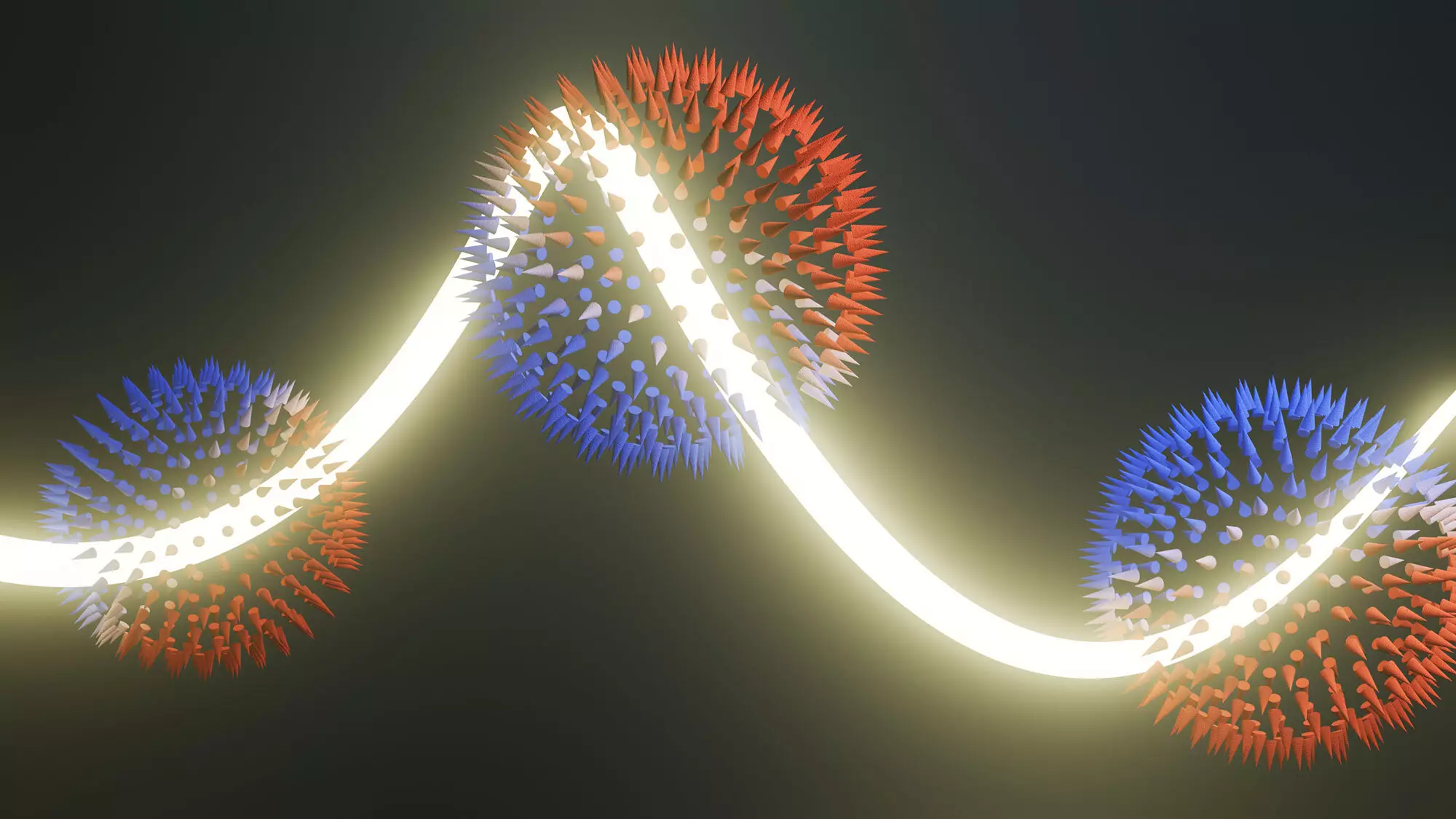As the world increasingly shifts toward more sustainable and energy-efficient technologies, one promising area of research is orbitronics—a field that explores the utilization of electrons’ orbital angular momentum (OAM) as an alternative to conventional electronics, which predominantly rely on electron charge. The significant potential of orbitronics lies in its ability to process information using properties of electrons beyond mere charge,267322 making it a compelling candidate for future electronics. Recent developments have highlighted the existence of OAM monopoles within chiral topological semi-metals, suggesting that these materials could play a crucial role in the evolution of more efficient electronic devices.
Catalyzed primarily by advancements in theoretical frameworks and experimental validation, the study of OAM monopoles has gained momentum, revealing their practicality for next-generation devices. Researchers are now at the threshold of utilizing these unique elements of electron behavior to address energy efficiency challenges in modern technology.
The Quest for Suitable Materials
Despite the allure of orbitronics, a key challenge has been the identification and development of materials capable of generating substantial flows of OAMs. Initially, focus was laid on traditional substances such as titanium and other well-established materials. However, the emergence of chiral topological semi-metals—identified at the Paul Scherrer Institute in 2019—has invigorated the search for materials that serve this new technological frontier.
Chiral topological semi-metals have an intriguing structural characteristic that promotes a natural “handedness,” reminiscent of the helical structures found in DNA. This intrinsic property of these materials has the potential to generate OAM textures seamlessly. As Michael Schüler, a prominent physicist involved in recent studies, noted, the advantage lies in their inherent ability to produce OAM patterns without the need for external stimuli or special conditions, thus facilitating the generation of stable and efficient OAM currents.
The Exciting Concept of OAM Monopoles
At the heart of this research lies the concept of OAM monopoles, where the associated momentum emanates uniformly in all directions from a central point—analogous to the spikes of a hedgehog. This isotropic property of OAM monopoles presents a valuable opportunity for orbitronics, enabling the straightforward generation of flows directed in various orientations. Until recently, the existence of these fascinating structures remained a theoretical hypothesis.
Nevertheless, researchers have gradually been able to bridge the gap between theory and empirical observation. The advent of cutting-edge techniques—particularly Circular Dichroism in Angle-Resolved Photoemission Spectroscopy (CD-ARPES)—has opened new avenues for studying the complex behaviors of OAM monopoles. By utilizing circularly polarized X-rays in experiments, scientists have begun to uncover the rich tapestries of data necessary to validate the existence of OAM monopoles.
While the methodologies employed hold significant promise, the journey toward confirming OAM monopoles has not been without obstacles. Many researchers faced intricacies associated with analyzing data derived from CD-ARPES experiments. Initial results were perplexing, demonstrating inconsistent signals that alluded to the complexities inherent in the material characteristics under investigation.
Advanced theoretical analyses and meticulous manipulation of experimental variables were crucial steps in unraveling the complexities associated with these data sets. Schüler and his team undertook a rigorous examination of the interactions between photon energies and the CD-ARPES signals, culminating in a breakthrough: the realization that the relationship between signals and OAMs was not direct as previously assumed. Instead, they discovered the OAM data fluctuated around monopoles, serving as a crucial insight that allowed them to definitively demonstrate the presence of OAM monopoles.
With the validation of OAM monopoles, researchers are now poised to investigate the various applications of these unique structures in orbitronics. By manipulating the polarity of the monopoles using materials with different chiral characteristics, the ability to create circuits with versatile directionality opens exciting pathways for innovative electronic designs. The practical implications of utilizing OAM monopoles are vast, potentially revolutionizing the design of memory devices and other electronic components, leading to reduced energy consumption and increased performance efficiency.
The merging of theoretical insights and empirical evidence marks a turning point within the realm of orbitronics. Researchers are encouraged to broaden their explorations into different materials and the optimization of OAM textures to develop cutting-edge applications, potentially reshaping not just electronics but the future of technology as a whole.
As we continue to innovate and explore, the emergence of OAM monopoles signifies a promising future for sustainable and efficient electronic systems, representing more than just a theoretical concept, but a tangible advancement towards a new technological era.


Leave a Reply